WA’ANAK WITU WATU
Researched and speculated on the North Sulawesi where once belief that the first person was a woman and gave birth through a stone, Wa’anak Witu Watu investigates the fiction, myth, and cosmology of the Minahasan and their relation to the geo entity stone.

01
01
Still from the Wa’anak Witu Watu (2021)
02
Lumimuut and Toar from Wa’anak Witu Watu (2021)
03
Installation at transmediale rendering refusal 2021 at Betonhalle Silent Green. Photo by Luca Girardini
04
Still from the Wa’anak Witu Watu (2021)
05, 07
Still from the Wa’anak Witu Watu (2021)
ENGLISH
Researched and speculated on the North Sulawesi where once belief that the first person was a woman and gave birth through a stone, Wa’anak Witu Watu investigates the fiction, myth, and cosmology of the Minahasan and their relation to the geo entity stone. The indigenous practice of Minahasa tribe—where humans celebrate their form of communication with stone—is understood as only a pre-institutionalised religion practice and categorised as animist belief. However, for people living there they see themselves practicing monotheism.
There are almost no boundaries between Life and Non-Life in Minahasa cosmology. In this work, the dynamic of Minahasan cosmology is explored alongside its potential to imagine an alternative world where the phenomena of anthropocentrism practically does not exist. From Ponari the boy who found a magical stone that can heal people to indigenous rituals of Minahasa tribe, communication between stone and humans deemed as something unusual. Modern society sees these phenomena as irrational. Stone conceived as an ornament or natural resource to build culture, its role is invisible in the human-centric world. Scientific reasoning is used in order to explain a certain event such as the sailing stone in Death Valley, America. Furthermore, the indigenous practice of Minahasa tribe where humans communicate with stone is understood as only a pre-institutionalised religion or animist practice, even if the boundary of Life and Non-life in their cosmology is vague. They see the existence of stones having an active role in the society, which also they celebrated with Tari Kawasaran, the warrior dance accompany with an endemic North Sulawesi owl or Burung Manguni as the messenger and sometimes with Musik Bia performances—in which a mobile orchestration of musical parade using shell trumpet as a musical instrument. However, modernity renders humans connection with stone as merely a natural object that can be measured, calculated, and sculpted through mathematical means and geophysical apparatuses.
In this work, I explore and investigate the relationship between humans and one of the most important inorganic materials in developing culture. I look at the potentiality of the sediment that covered 75% of earth layers as an active object within the life of the organic, inorganic, and non-organic entities. In this work, I stress the notion to see the role of stone not only as an instrument or tools in humans life but also as a being with the same interiority with another sentient being. This is driven by how culture, whether the non-modern or contemporary esoteric society, interacts with stone; as an elixir, God, a means to philosophising, gender expression, and sacred object. This will be followed by challenging the ontological question of stone that only could be seen from the scientific and modern approach; through the method of world-building, this work will speculatively question the future of stone, in the next 100, 1000, or 10000 years.
Considering how contemporary culture is obsessed with synthetic material, will stone becomes the centre of life in the future, challenging human’s position? How to think the future of stone in the light of Holocene, when humans are not even existed yet? Is stone the centre of life in the inhuman time?
As the political climate in Indonesia becomes more and more hostile, as identity politics instrumentalised by the authority, as the horror of social exclusion practiced by the state, the urge to rethink the idea of futurity is more and more important. We need to revisit and speculate the idea of futurity, and find a nuanced alternative in developing it—or perhaps taking refuge in fictitious narrative.
The work was commissioned by Other Futures and transmediale with the support of the Martin Roth Initiative.
[/one_second]
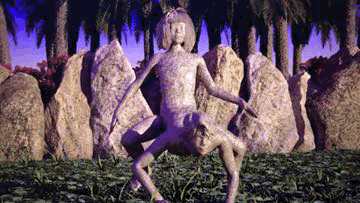
02
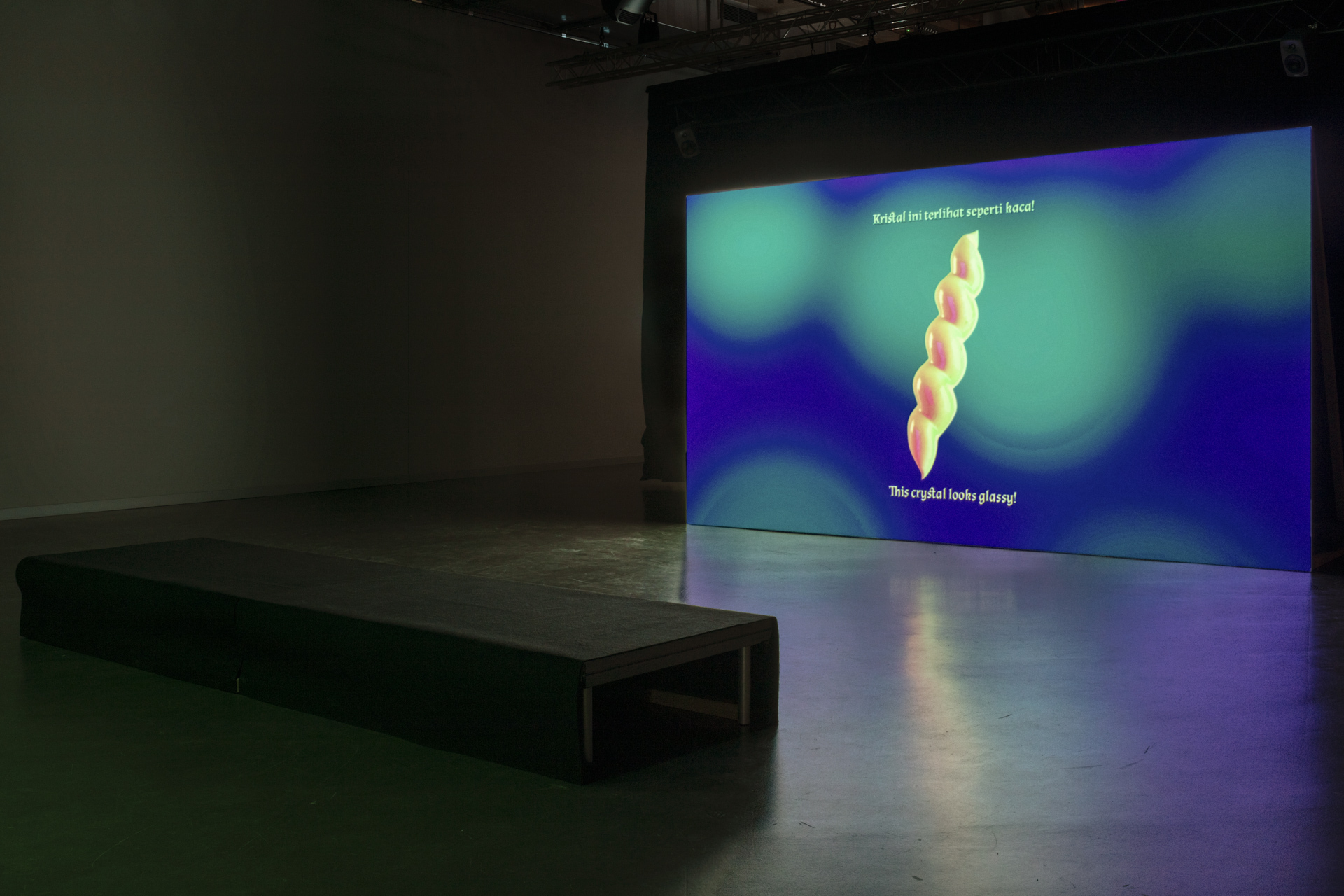
03
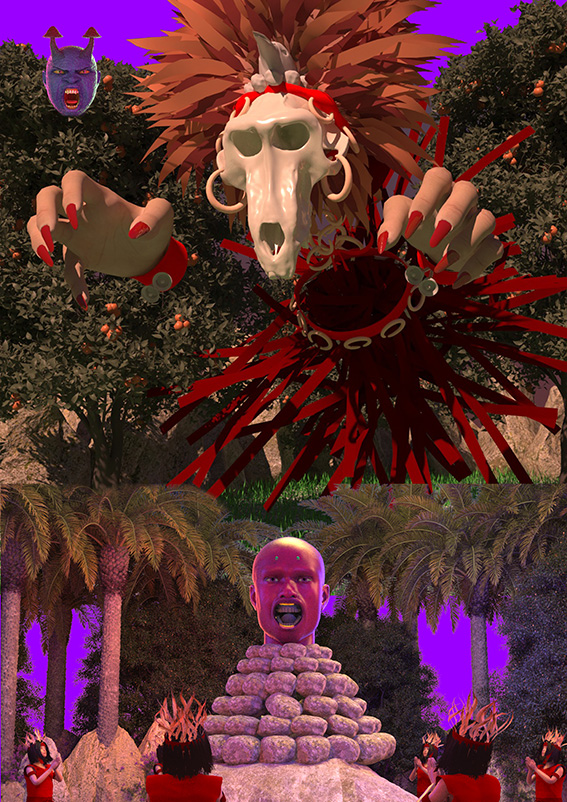
04
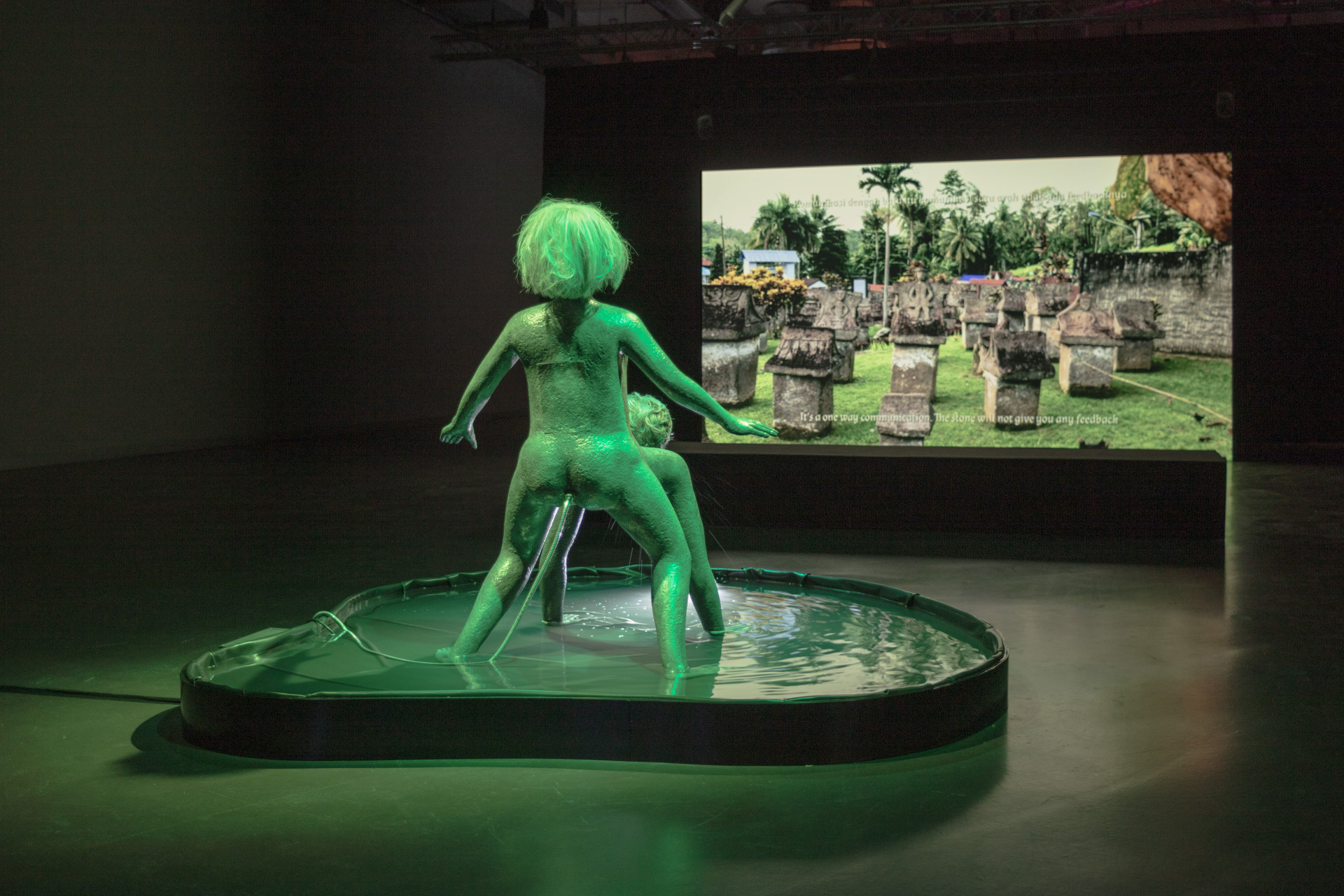
05
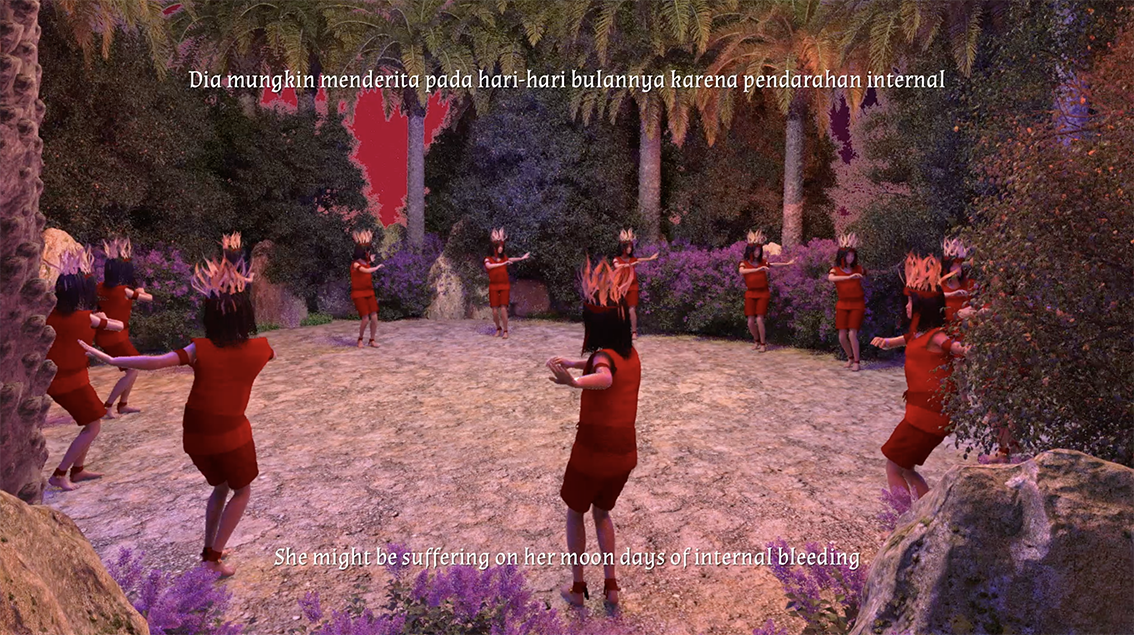
06
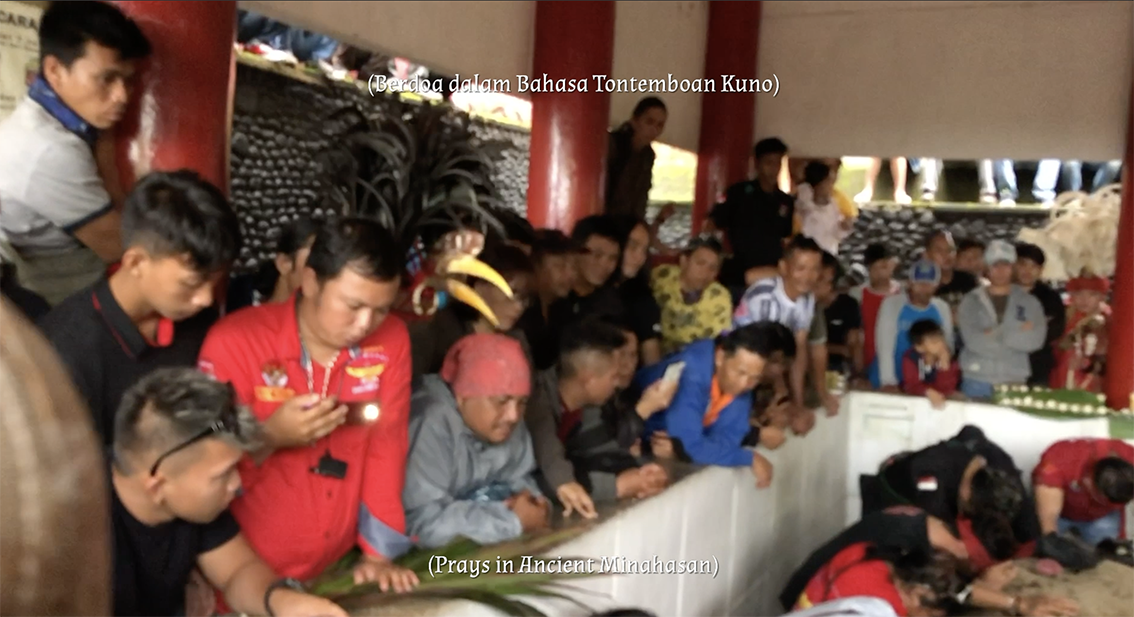
07
